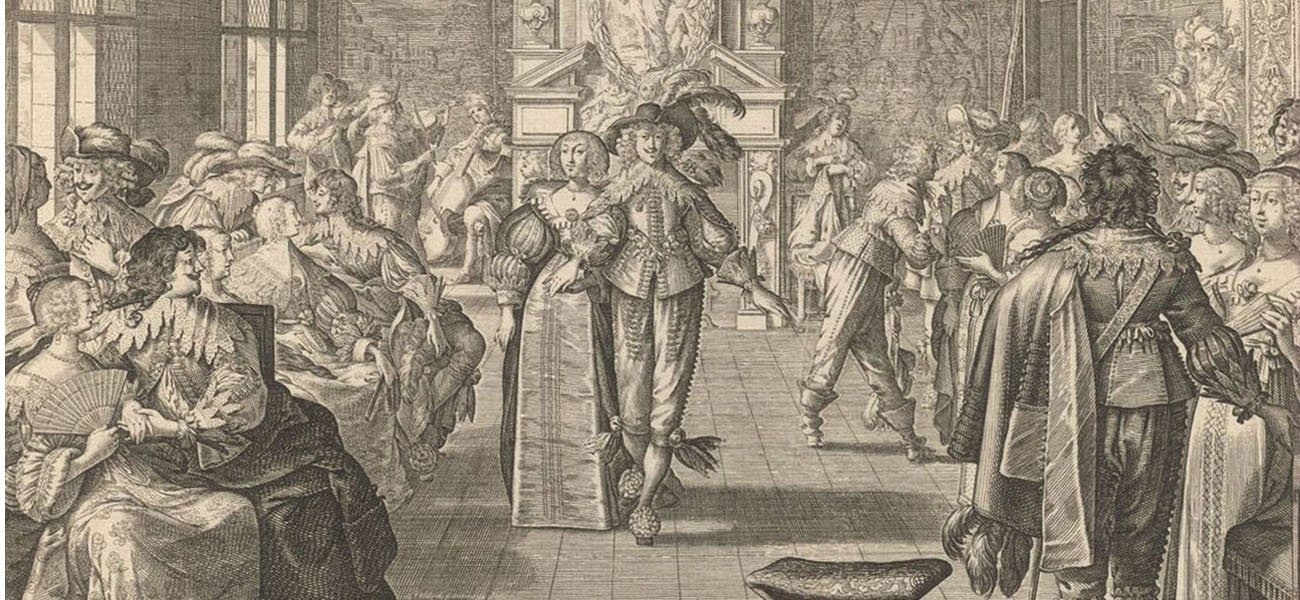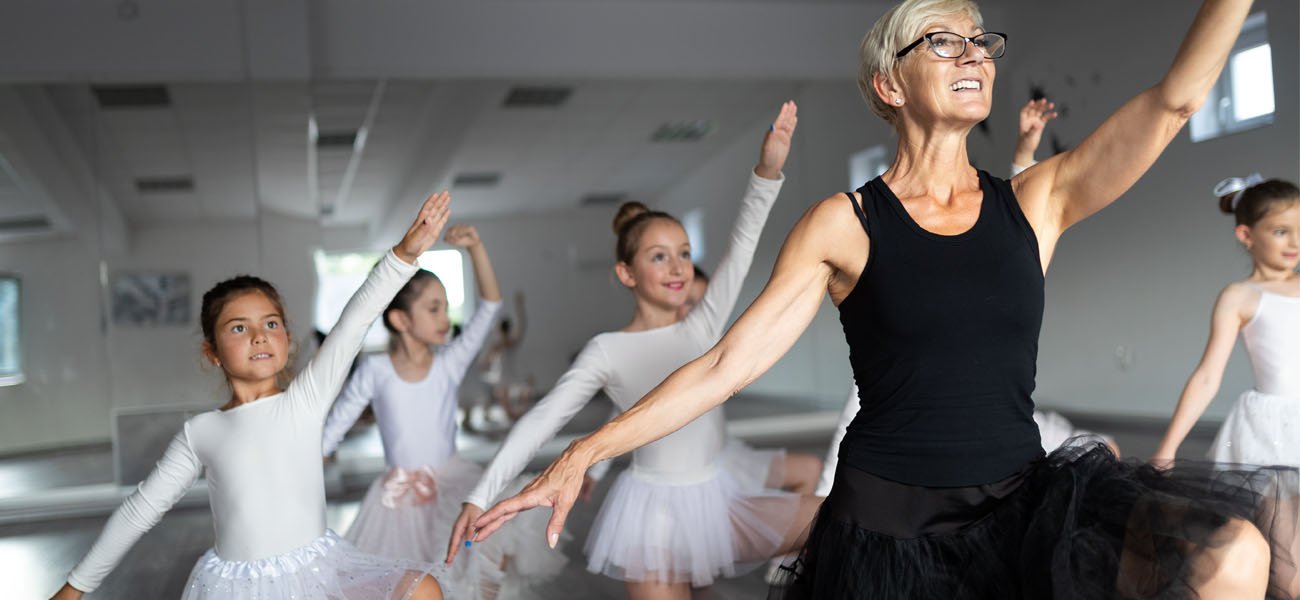The Evolution of Ballet Dance Through the Ages
A modern ballet class is a far cry from what you'd find in the courts of 16th century Italy or an 18th century Russian ballet performance, but the love of performing dance is a thread that connects us through the centuries.
In this blog, we will take a journey through the evolution of ballet dance from the early Renaissance to present day, exploring key changes in training methods and how they have impacted ballet to this day.
Changes in Style, Training Methods & Social Class
Our understanding of the arts may have expanded, but we've by no means abandoned everything we knew about dance education before the 20th century. The influence of the French court led to the development of codified techniques that are still used today in classical ballet.
The rise of Romanticism in the 19th century brought new expressiveness and emotion in choreography and training methods that we still see in professional dancers today.
Growing appreciation for athleticism In the 20th century lead to new training methods focusing on strength, flexibility and injury prevention, allowing dancers and other performing artists to lead longer, healthier careers.
Today, the shift is towards greater inclusivity in the performing arts community. You can see influences like hip hop, Latin and other modern dance styles bring a new fluidity to the development of ballet as a style, and the contemporary ballet scene is all the richer for it.
Ballet Dance in the Early Renaissance
During the Early Renaissance, ballet emerged as a popular form of social entertainment at noble courts. Its development was in its early stages, with a training approach that focused on courtly etiquette and informal instruction.
Ballet masters held esteemed positions and used training as a way to showcase wealth and status at court, and ballet training during this time was more about elegance, poise, and displaying refined manners, rather than technical proficiency or mastering specific ballet positions.
Era of Classical Ballet Dance
During the era of classical ballet dance, ballet transitioned from social entertainment at court to professional performances for a public audience. The rise of professional ballet companies and the need for skilled dancers drove the evolution of ballet training.
The nobility played a crucial role in it's shift to theatre through patronage- notably of early ballet academies like the Paris Opera Ballet School in France and the Imperial Ballet School in Russia. This era also saw innovations in costume design, music, and storytelling, and the codification of ballet technique by influential figures like Jean-Georges Noverre and Carlo Blasis.
The Romantic Era
During the Romantic Era, ballet took on a new direction with a focus on emotional storytelling, supernatural elements, and themes of love, passion, and tragedy. If 'ballet' brings to mind famous performances like Swan Lake, Sleeping Beauty and The Nutcracker, this is the era you're thinking of: decadently elaborate costumes and all.
Ethereal female characters became iconic in romantic ballets such as "La Sylphide" and "Giselle". This is the era when ballet dancers started to perform on the tips of their toes, known as dancing "en pointe". (You might recognize the term "pointe shoes" still in use today, as well as their comfier fashion adaption, ballet slippers).
As the demand for technically skilled dancers grew, the push to execute physically demanding movements without adequate rest popularized the notion of a true artist "suffering for their art". This era laid the groundwork for the harmfully strict body standards ballet might still bring to mind today, and eventually set the stage for George Balanchine's departure from these ideals in 1930s neoclassical ballet.
Balanchine and Neoclassical Ballet Dance
George Balanchine, a visionary choreographer, revolutionized ballet with his neoclassical style. Balanchine aimed to break free from rigid ballet conventions of europe while honoring classical ballet's essence. He co-founded the School of American Ballet as well as the American Ballet Theatre.
Neoclassical ballet emphasized musicality and the dynamic relationship between movement and music. Simplified costumes and sets highlighted the dancers' movements, and what would later become known as leotards entered the scene. Balanchine celebrated the unique talents of his dancers, crafting choreography that showcased their individual abilities.
The Late 20th Century: A Shift Towards Inclusivity
During the late 20th century, ballet underwent a further gradual shift towards inclusivity, influenced by social, cultural, and artistic factors.
This change was driven not only by the civil rights movement and feminism but also by contemporary dance challenging traditional ballet norms. Artistic directors of ballet companies recognized the importance of representation, leading to ballet schools welcoming students from different countries, diverse backgrounds and with diverse body types. Training methods began focusing on developing strength and technique in a healthy and sustainable way, and the ballet community today is more vibrant and diverse for those changes.
Early 2000s: Integration of Scientific Knowledge
In the early 2000s, ballet underwent significant changes influenced by advancements in sports medicine and evolving cultural norms. Ballet trainers began incorporating biomechanical principles to improve performance and prevent injuries, guided by research in dance science.
As well as shifts towards body positivity, challenging traditional beauty standards and embracing diverse body types, the ballet community became more conscious of mental and emotional health. The ballet community took steps towards a more balanced approach, prioritizing the physical and mental well-being of dancers.
Present Day: A Whole Body Approach
In the present day, ballet training has taken on a holistic and body-inclusive approach.
Modern ballet instruction focuses not only on developing strength and flexibility but also on injury prevention. The repertoire of ballet has expanded to encompass a wider range of stories and perspectives, embracing diversity. Dancers now receive increased support, recognizing the unique challenges they each face.
Dancers are encouraged to embrace their unique body types and work with them, rather than against them. Cross-training in other movement forms like yoga and Pilates has become more common, aiming to create well-rounded dancers who can sustain a long and healthy career.
Well, if we can't go back to dancing French ballet in a 1890s opera house, where are we going from here with ballet?
You tell us!
Frequently Asked Questions
What is ballet dance?
Ballet dance, a classical form originating in the Italian Renaissance, showcases precise and formalized movements accompanied by music. Dancers wear specialized shoes with stiff soles and pointed toes. Training emphasizes strength, flexibility, balance, and grace.
How can I start dancing ballet?
To begin dancing ballet, start by finding the right ballet school in your area. Purchase the necessary ballet attire, including shoes and tights. Start with beginner classes and gradually progress as you improve. Consistency and dedication are the keys.
Where can I find ballet dance classes near me?
To find ballet dance classes near you, start by using search engines or online directories. Check with local dance studios and community centers for class schedules. Ask for recommendations from friends, family, or social media groups. Try out different classes that match your skill level and goals before committing to one.








